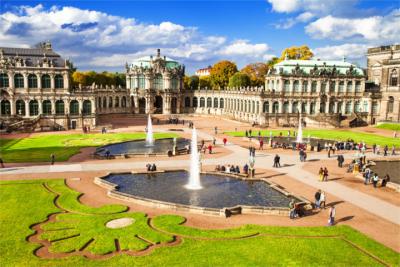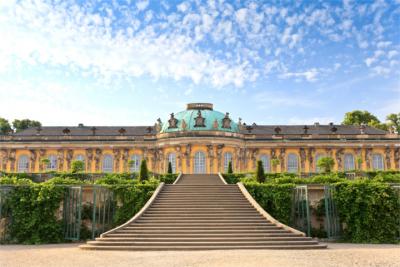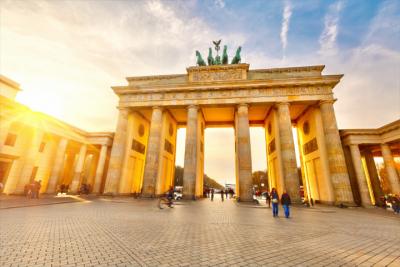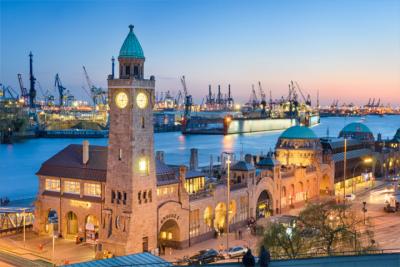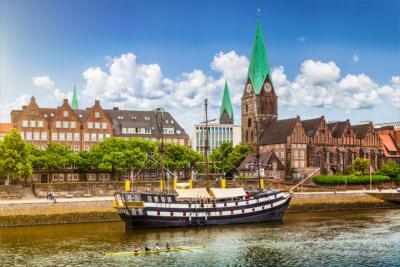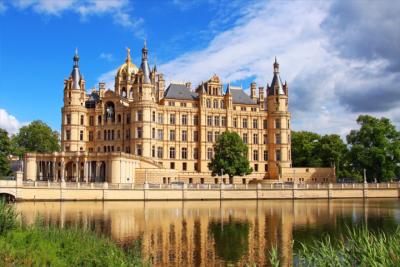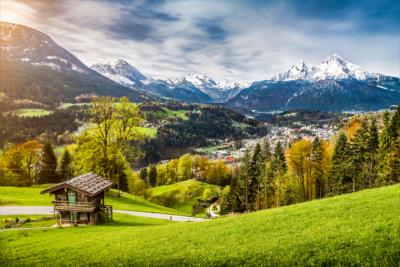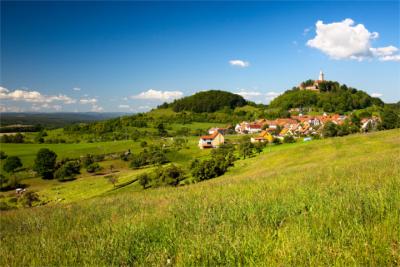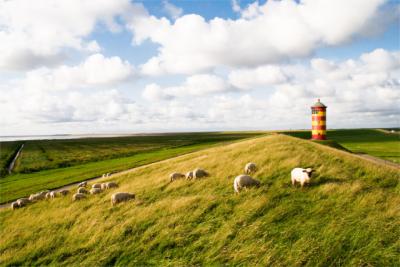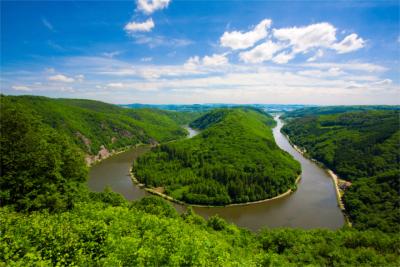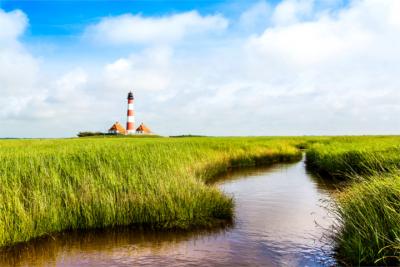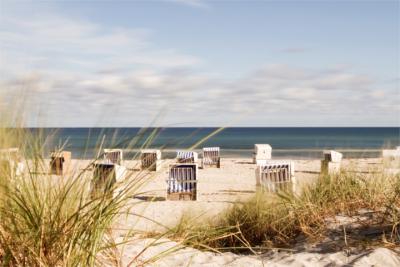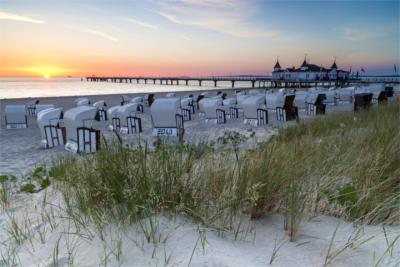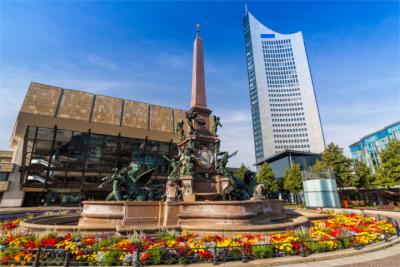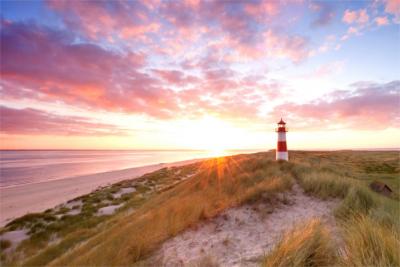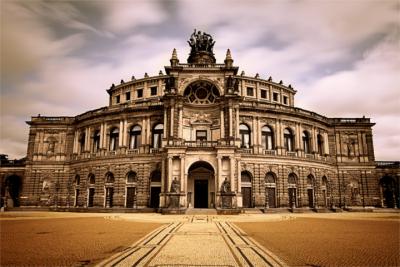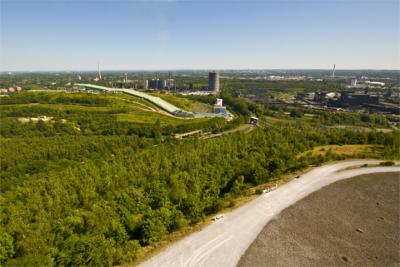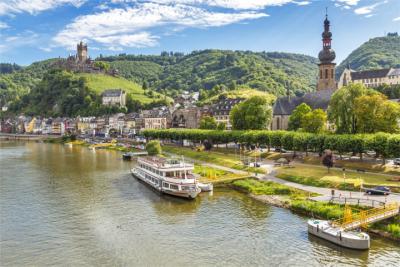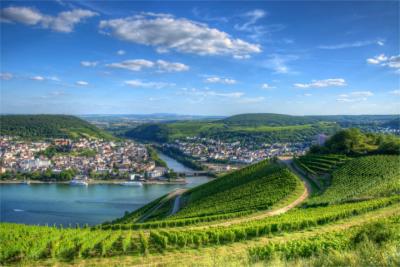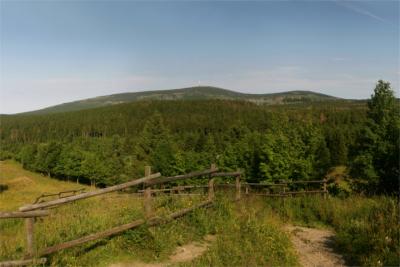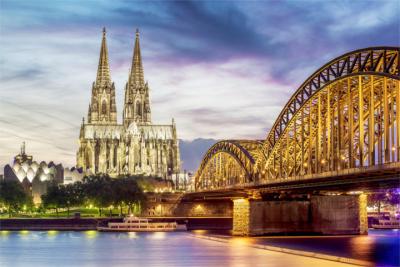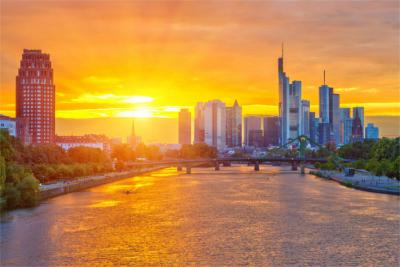Travel Offers
Travelmyne Featureprint
Distance
Saxony-Anhalt - Traces of Romanesque Architecture
Saxony-Anhalt is characterised by countless churches, monasteries and castles as well as by diverse landscapes and the historical influences of Martin Luther. While active holidaymakers are drawn to the Harz, the cities and towns offer a lot in the areas of culture, history, partying and shopping.

Geography - From Stendal to Magdeburg to Halle (Saale)
Saxony-Anhalt lies in the east of Central Germany and borders on Lower Saxony in the west, Brandenburg in the east, Saxony in the south-east and Thuringia in the south-west. About 2.4 million people live on an area of 20,446 km² here, 230,000 of which reside in the capital of Magdeburg. The city looks back on a chequered, almost one thousand-year-old history and was completely destroyed two times. Other worthwhile destinations in Saxony-Anhalt are the city of Halle (Saale), which is the birthplace of the composer Händel, the Lutherstadt Wittenberg, the World Cultural Heritage site of Quedlinburg as well as Naumburg, Stendal, Wernigerode, Dessau-Roßlau and Halberstadt. Saxony-Anhalt is divided into five geographical regions: Altmark, Harz, Halle-Saale-Unstrut, Magdeburg-Elbe-Börde-Heide and Anhalt-Dessau-Wittenberg. The climate is relatively temperate with average yearly temperatures between 7 °C and 10 °C.

Nature - Germany's greatest dam
Saxony-Anhalt's scenery is very varied. While the Altmark in the north is rather flat, the Harz in the south-west is mountainous and accommodates the Brocken, which attracts countless visitors every year. With a height of 1,142 metres, the Brocken is not only the highest peak in the state but in the whole of North Germany. One highlight is the transregional Harz National Park. Other natural areas which are popular with tourists are the long range of the Fläming Heath with the Fläming Nature Park in the east, the fertile Magdeburg Börde in the centre, the Mansfeld Land in the south-west and the wine-growing region of the Saale-Unstrut in the south. Large areas, including the Harz, are heavily forested. In addition, the state is rich in waters. The most important rivers are the Elbe, Saale, Havel, Mulde, White Elster and Bode. Significant lakes are Goitzsche Lake, Geiseltalsee, the Mulde Dam (Muldestausee), der Barleber Lake and Neustädter Lake. The Rappbode Dam in the Harz is 106 metres high and 415 metres wide, which makes it the greatest dam in Germany. Travellers find another attraction about 20 kilometres south of Wittenberg, the Dessau-Wörlitz Garden Realm. This park, which was created in 1764, was the first landscape garden not only in Germany but also on the European mainland and is part of the UNESCO World Natural Heritage.

Culture - World Cultural Heritage sites and scenic castles
Saxony-Anhalt is the state with the most World Heritage sites next to Bavaria, which makes it the ideal travel destination for culture enthusiasts. Examples are Quedlinburg's old town, the Bauhaus in Dessau and the Lutherstadt Wittenberg. Saxony-Anhalt's cultural landscape is characterised by a variety of churches and castles, which are located along the scenic route of the Romanesque Road, and by the work of Martin Luther. Worth seeing are Wernigerode, Quedlinburg and Neuenburg Castle, the Little Castle in Blankenburg with the adjacent Baroque Garden, Falkenstein Castle, the Huysburg near Halberstadt and the Rudelsburg near Bad Kösen. You find particularly beautiful cathedrals in Naumburg, Magdeburg, Halle (Saale) and Merseburg. Travellers who are more interested in churches and monasteries will get their money's worth too. The Stadtkirche ("town church") in Lutherstadt Wittenberg, the Michaelstein Abbey in Blankenburg and the Marktkirche Unser Lieben Frauen ("market church of Our Dear Lady") in Halle (Saale) all have their very own charm. Other highlights for culture and history enthusiasts are the Augusteum and Lutherhaus and the Melanchthonhaus in Lutherstadt Wittenberg.

Experience - Of Baumkuchen, Harzer cheese and Halloren-Kugeln
Saxony-Anhalt's cuisine differs from region to region. While the dishes in the Altmark, the Börde and the Fläming show a resemblance to the cuisine of the neighbouring states of Lower Saxony and Brandenburg, the Harz has its own cuisine with specialities like the Harzer cheese and game dishes. In the south, the dishes are similar to those from the Thuringian cuisine. Well-known drinks from Saxony-Anhalt are Garley, the oldest bear on earth, Hasseröder beer, Schierker Feuerstein (a herbal liqueur) and the wines from the Saale-Unstrut region. Popular sweets are Baumkuchen ("tree cake"), Bienenstich ("bee sting cake"), Streuselkuchen ("crumb cake") and the Halloren-Kugeln (chocolates). The Elbauenpark in Magdeburg is popular with families. It accommodates the Jahrtausendturm ("millennium tower"), the Schmetterlingshaus ("butterfly house"), the Sommerrodelbahn (a dry toboggan run) and the Kletterpark. Party-goers find numerous bars and clubs in the bigger cities. Travellers who enjoy going shopping will not go short either. The weekly markets in Magdeburg and Halle (Saale) are definitely worth a visit.

Activities - Hiking, cycling, rowing or going by train
Saxony-Anhalt's diverse natural areas are ideal for active holidaymakers. The Harz is a real hiking paradise. Popular hiking routes are different trails to the top of the Brocken from Wernigerode or Schierke, the Steinerne Renne (a valley section) or the Bode Gorge. Climbing the Brocken is a popular activity in both summer and winter as is a trip with the Brocken Railway. In winter, the Harz is a great location for doing winter sports. Cyclist are offered a wide range of activities from relaxing cycling trails to demanding mountain biking routes. Travellers who like spending time at the water can go bathing, sailing, fishing, canoeing or kayaking. The low mountain ranges invite visitors to go climbing. In addition, holidaymakers have many opportunities to go horseback riding or camping. Motorsport fans will love the Motorsport Arena Oschersleben. If you are looking for a rush of adrenaline, you should visit the Rappbode Dam near Hasselfelde because it has the megazipline, the longest zipline in the whole of Europe.

Information
The regions within the state differ from each other regarding language and culture. Broadly speaking, Saxony-Anhalt consists of the cultural regions of the Altmark in the north, the Jerichower Land in the east, Eastphalia in the west, Anhalt in the centre as well as the regions in the south which are influenced by Thuringia and Saxony.
Saxony-Anhalt has a lot to offer. Great landscapes, numerous leisure activities as well as a variety of historical and cultural sites promise eventful holidays.

